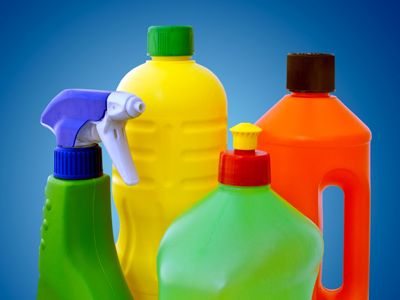
Electrolysis 2
This Chemistry quiz is called 'Electrolysis 2' and it has been written by teachers to help you if you are studying the subject at high school. Playing educational quizzes is a user-friendly way to learn if you are in the 9th or 10th grade - aged 14 to 16.
It costs only $12.50 per month to play this quiz and over 3,500 others that help you with your school work. You can subscribe on the page at Join Us
Electrolysis is a process you need to understand in high school Chemistry. This is the second of two quizzes on the subject but what exactly is electrolysis and how was it discovered? Electrolysis is a method of using a direct electrical current to cause a chemical reaction. It was discovered by accident in 1800 when the scientist William Nicholson and surgeon Anthony Carlisle attempted to reproduce the experiment in which Italian scientist Alessandro Volta created the world's first battery.
Anode: Cu2+(aq) + 2e- → Cu(s)
Anode: Cu(s)→ Cu2+(aq) + 2e-
Anode: Cu2+(aq) + 2e- → Cu(s)
Anode: Cu+(aq) + e- → Cu(s)
Cathode 2H+ + 2e- → H2
Cathode 2H+ + e- → H2
Cathode Na+ + e- → Na
Cathode H+ + e- → H2
Anode: Pure copper
Electrolyte: Copper sulfate
Anode: Impure copper
Electrolyte: Copper sulfate
Anode: Pure copper
Electrolyte: Copper sulfate
Anode: Pure copper
Electrolyte: Water
Ready for more?
not all...
quizzers. Try to win a coveted spot on our Hall of Fame Page.







